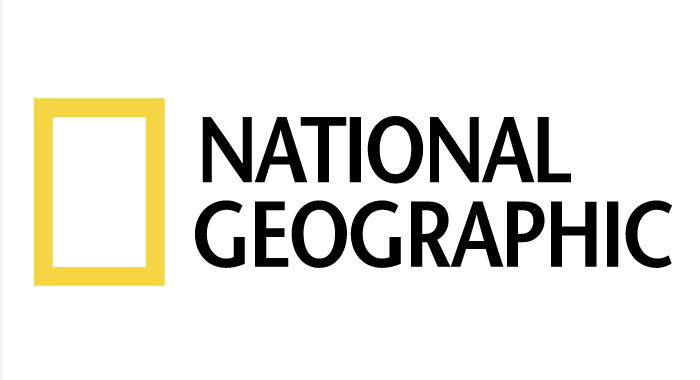Season 2 | Episodes 203 & 204
National Geographic | Executive Producers: James Cameron, Arnold Schwarzenegger, Jerry Weintraub
Years of Living Dangerously
For two of the series’ most ambitious episodes, we were brought on to capture the front lines of climate change — both literal and political. As Director of Photography, Peter led production across Kuwait, France, Washington D.C., and the American Southwest, shaping stories that traced the human consequences of fossil fuel dependency and the fight to change course.
Despite the scope, our camera was always searching for the intimate: a soldier’s glance, the quiet exhaustion of a fuel driver, the stillness before a summit begins. We paired cinematic restraint with field agility—often shooting in harsh conditions with tight security protocols and minimal setups.
One episode followed Arnold Schwarzenegger through Kuwait, where we embedded with U.S. military convoys transporting fuel across the desert. We filmed near the Iraqi border and at multiple U.S. bases, documenting the extraordinary human and logistical cost of powering modern warfare — and what it reveals about our broader energy systems.
The second episode followed New York Times columnist Thomas Friedman, our job was to ground these conversations in texture, tension, and humanity — building a visual language that made the stakes feel immediate.
The series was widely praised for its storytelling and visual ambition. The Guardian called it “a global warming blockbuster,” while EcoWatch noted, “It brings climate change down to the human scale — urgent, vivid, and personal.”
This wasn’t just about capturing the story. It was about chasing the truth inside it.
In southern Baja, Mexico, the Lucero family has fished these waters for generations. What began as subsistence and commercial fishing is evolving into a new era—salt‑water fly‑fishing tourism. Bitter Water traces the braided lines of necessity, tradition, and passion at the heart of this change.
To tell this story we committed a full year of filming across changing seasons to capture multiple species, shifting weather, and the rhythm of a community in transition. On the water, you’re at the mercy of the elements and the fish don’t always play along. Patience became the gear.
Bitter Water
The challenge: reflect the Luceros’ way of life, show the evolution of the fishery, and do it with authenticity rather than polished glam.
We worked embedded with the Lucero family—father, sons, guides—and followed their daily routines as they adapt to a sustainable future. The visual tone aimed for quiet power: natural light, water in motion, the faces of a family carrying legacy and change. We let the region speak: its wind, its waves, its history.
No hyperbole. No exotic background noise. Just the story of a place, a family, and the sea.
The film has been selected for multiple outdoor‑film tours and festival showings, and it resonates within the fly‑fishing community, the Baja tourism sector, and among conservation voices. It has become a film about more than fishing—it’s about heritage, adaptation, and the power of connection across economies and generations.
“The story is moving and thought‑provoking, but it’s the imagery … that keeps me hitting replay.” — Ken Baldwin, Sports Illustrated
Bastards y Diablos
At its heart, Bastards y Diablos is a road film—but one tangled in questions of identity, grief, and what it means to belong. Shot across Colombia and directed by A.D. Freese, the story follows two half-brothers who reunite after the death of their father and embark on a cross-country trip to scatter his ashes, confronting the ghosts of their past and the unknowns of their present.
Peter Grigsby served as the film’s Director of Photography, shaping a visual language that grounded the journey in both emotional intimacy and wide-open freedom. Working with a minimal crew, limited gear, and the unpredictable momentum of real-world travel, the production demanded deep focus, adaptability, and a sensitive eye for spontaneous beauty.
The shoot took us through the Magdalena River Valley, bustling Bogotá streets, and coastal villages rarely seen on screen—each location treated with a documentarian's respect and a cinematographer's eye.
“That passionate intensity defines Bastards y Diablos, a film whose every scene embraces darkness and light.”
— The Hollywood Reporter
“Peter Grigsby’s cinematography … beautifully captures the colourful and vibrant landscape of the Caribbean region.”
— The Bogotá Post
The film premiered at the LA Film Festival to critical acclaim and went on to win Best Narrative Feature at the Ashland Independent Film Festival and the Audience Award for Best Narrative Feature at the Durango Film Festival. It was later picked up for distribution and received a theatrical release in Colombia, making its mark as both an independent success and a rare cross-cultural collaboration that resonated deeply on both sides of the border.



